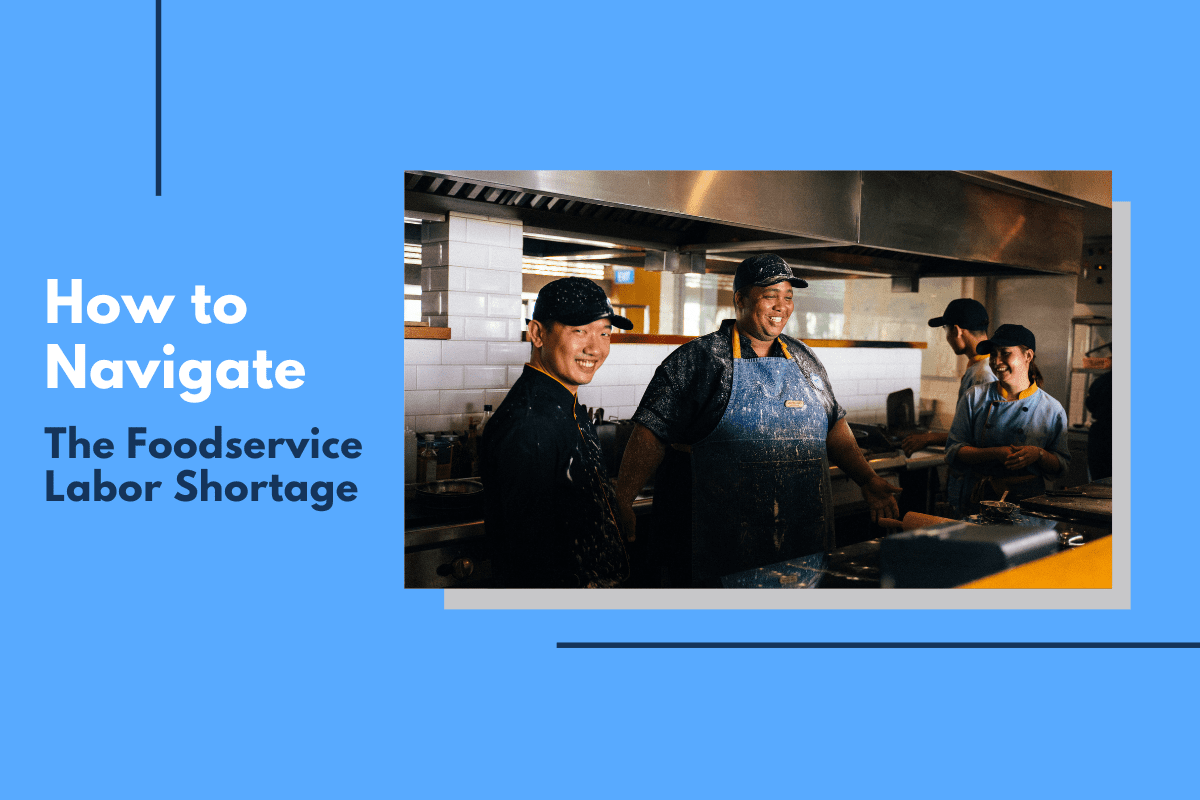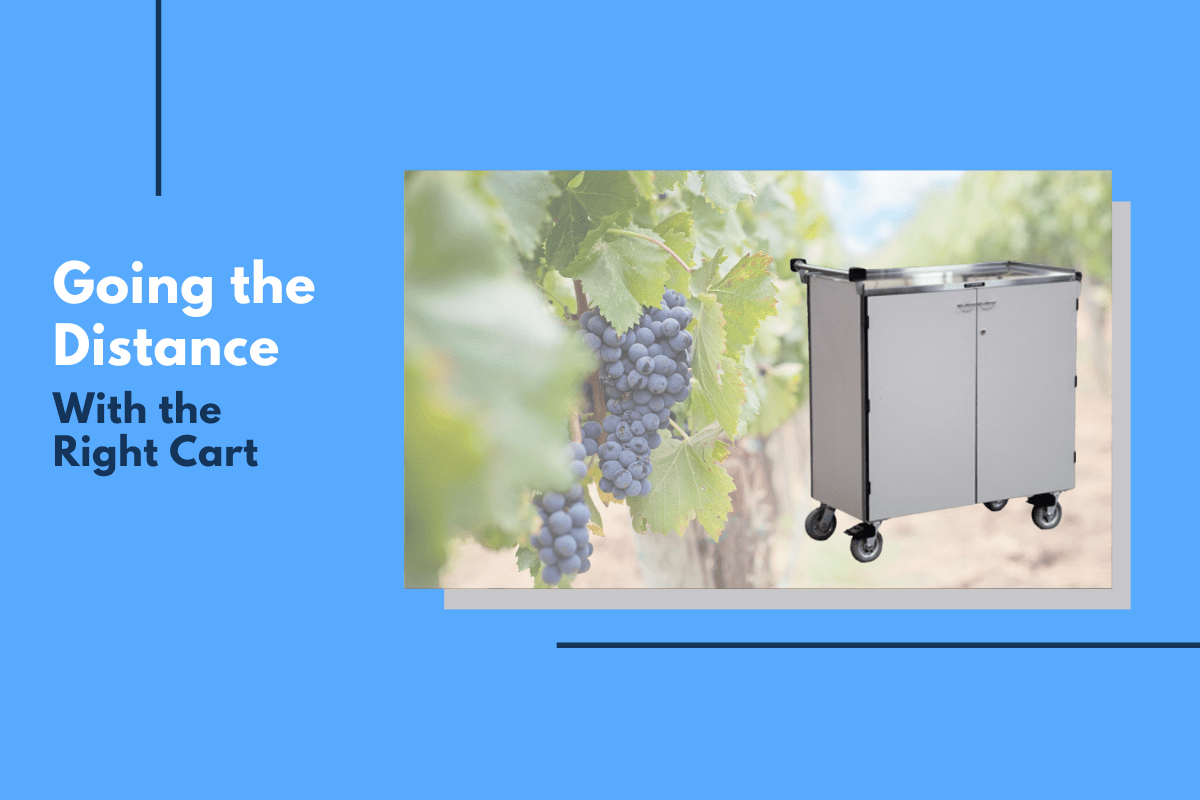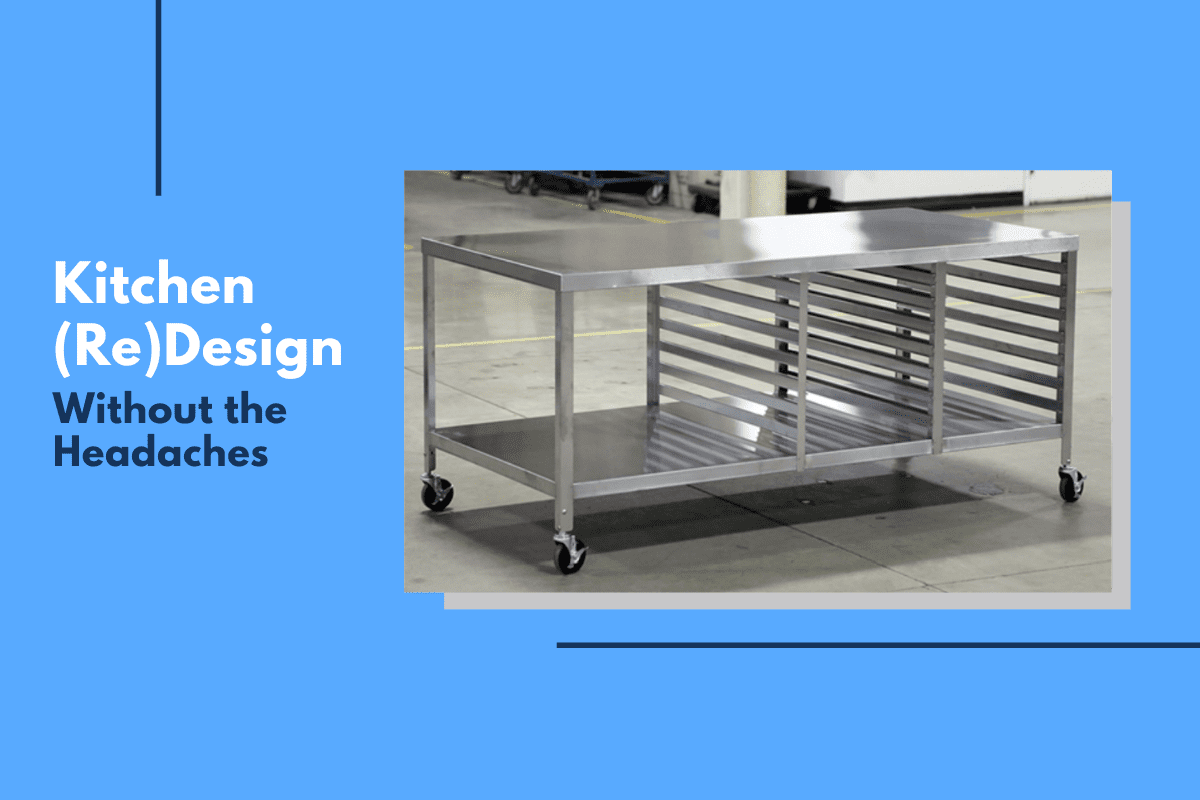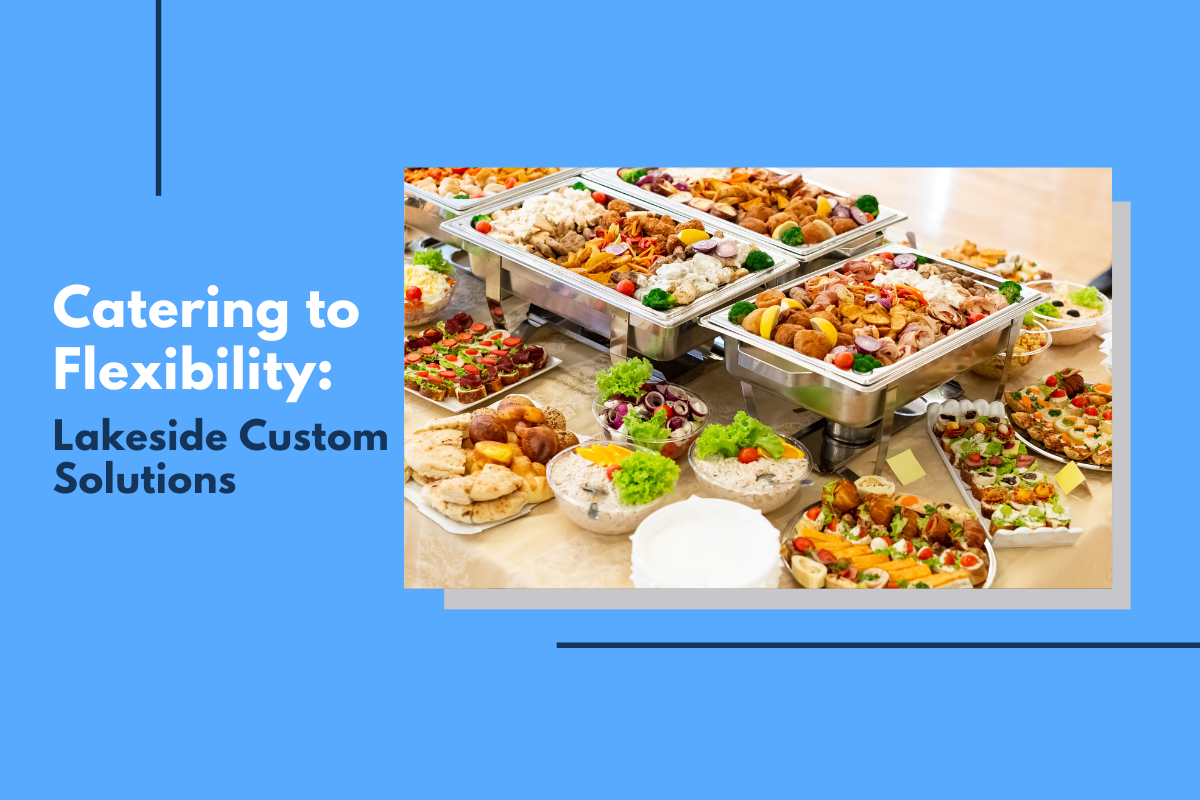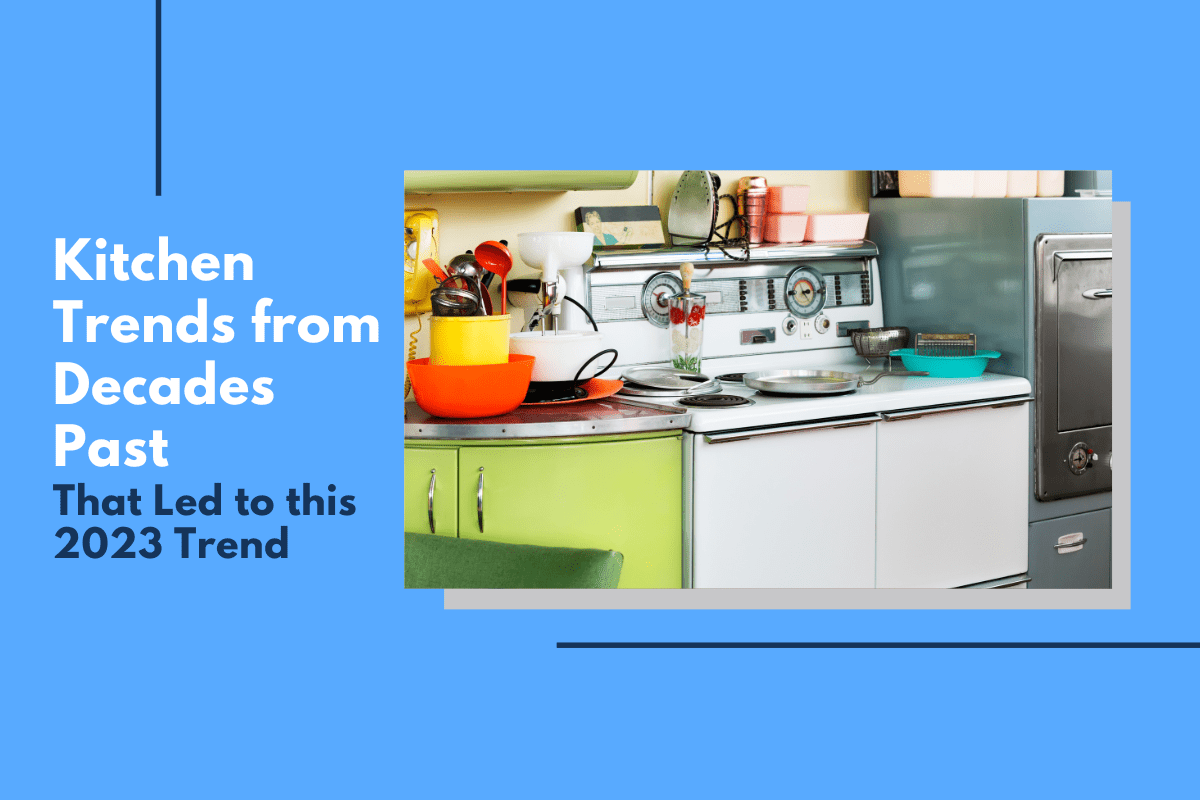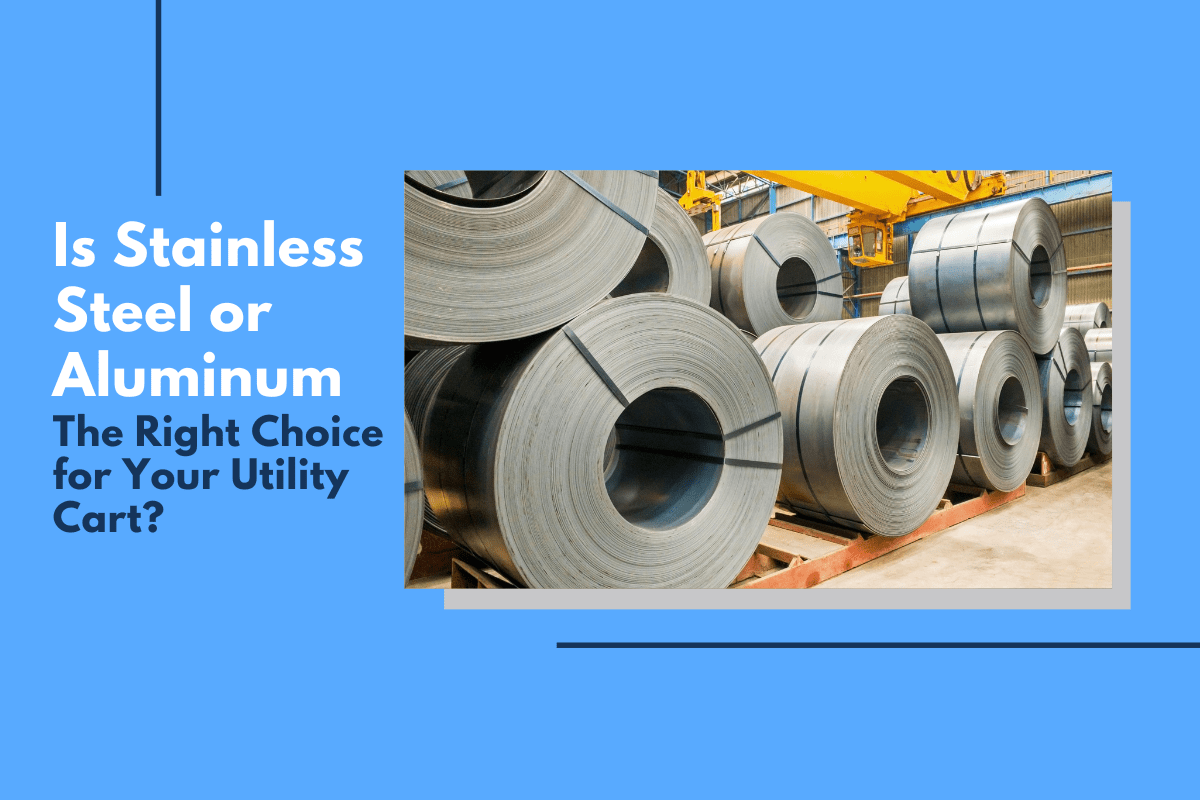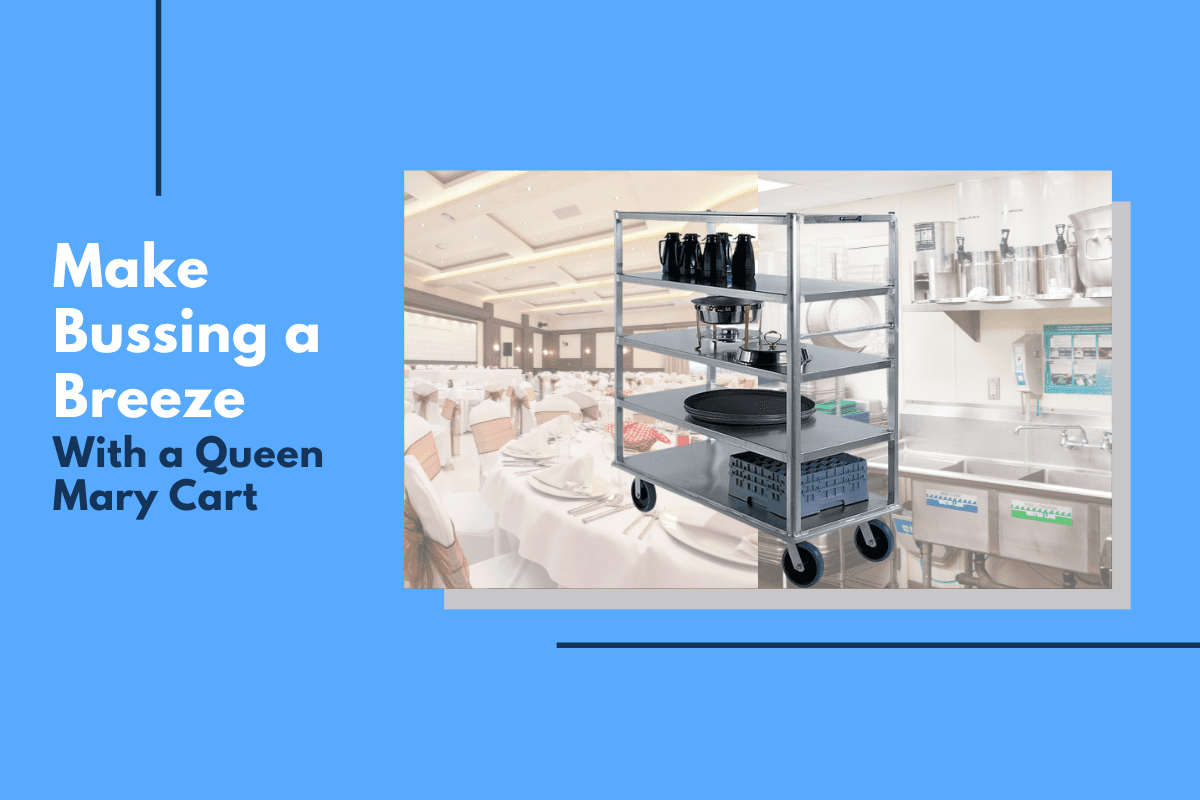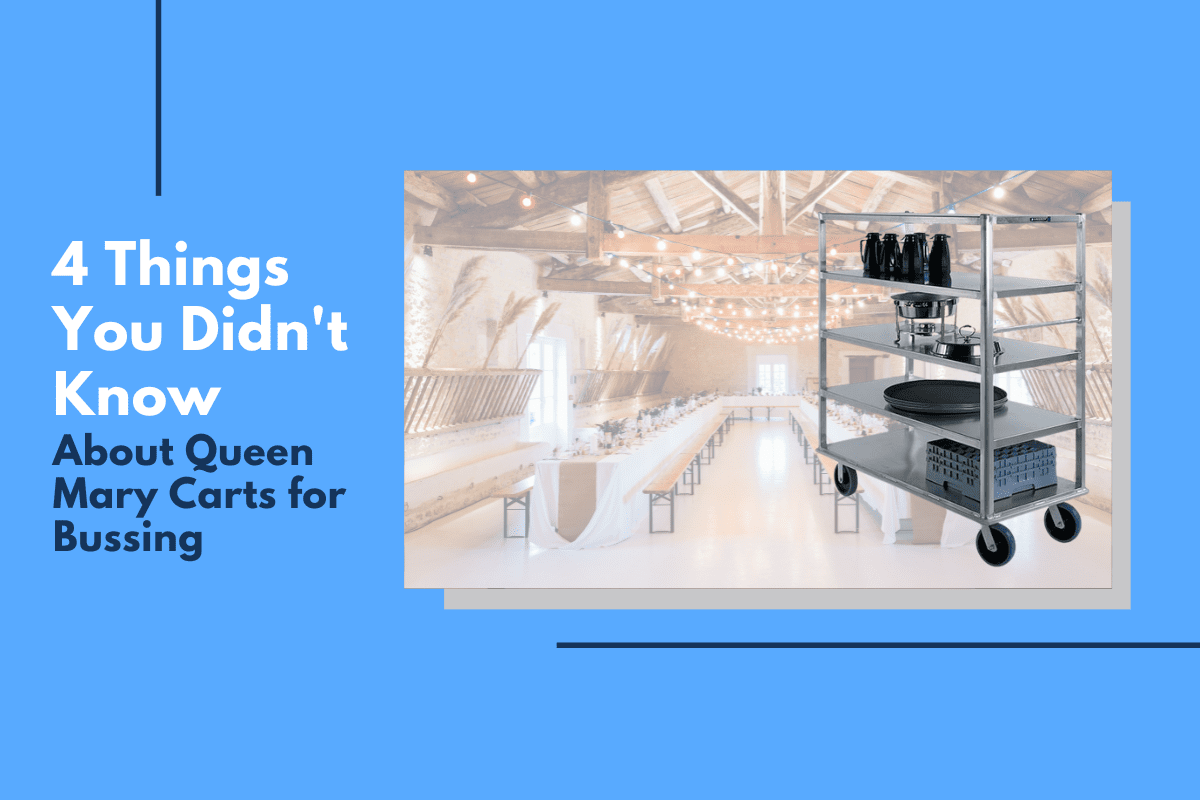
On an average day in the foodservice industry, staff will push and pull various carts full of supplies to serve diners. Whether food supplies are being moved, or tableware is being transported, these loads can be heavy. While pushing and pulling are both options, there are benefits to each. For the majority of jobs, pushing is preferred, but below we will discuss why pulling may be a better option for some transportation loads. According to Well Work Force, “We are capable of safely generating more force when pushing, rather than pulling.” Pushing is usually the option that most staff choose, but in some instances pulling can be very beneficial.
Moving around heavy loads is inevitable but knowing how to safely transport those loads is key to helping minimize employee injuries. The differences between pushing and pulling may not seem very evident at first glance, so we have put together an overview of the two and their benefits to help you and your staff decide when to use each for different tasks.
Benefits of Pushing:
When pushing a cart, you are able to use both arms to push the load which allows your body weight to lean into the cart to help maneuver it forward. Pushing carts allows for optimal visibility of the supplies and items on your cart. During transport, supplies may shift around from going over a bump or when taking a turn. When pushing a cart, you are able to keep an eye on the items on the cart to ensure they are stable during transport. If an item shifts while pushing the cart, it can be easily noticed and moved back into its proper place to ensure no accidents occur. Some items may not be affected by a tumble off of the cart, but many items would. Being able to see the items while pushing can help reduce the likelihood of an accident.
For those that have a tendency to experience lower back pain, pushing carts as much as possible is a smart choice, according to Ace Physical Therapy and Sports Medicine Institute. The motion of pushing has less strain on your back and can reduce the progression of pre-existing back problems. Moving heavy equipment can have a great impact on the body, so making sure you are utilizing your body weight and position to your greatest advantage is crucial to ensuring a healthy body free of strains.
Benefits of Pulling:
Pulling loads has its time and place as well. When pulling a cart, the operator is facing forward using one arm to pull the load. Sometimes the operator may use the pulling method and walk backwards in order to be able to use both hands and more body weight to move the load. Pulling is ideal for lighter weight loads as to ensure there is no strain on the operator. Pulling allows the operator to easily make turns with the cart following their guide. When pulling a cart, there are no visibility obstructions as the cart is usually behind the operator when pulling. This visibility ensures that nothing is run over. The operator has no items to look around or over making sure a collision with something else is reduced.
When it comes to inclines, pushing and pulling each have their place. Transporting a full cart down an incline is best suited with pushing as to avoid any accidents happening with a cart falling back onto the operator if an accident were to occur. Transporting a fully loaded cart up an incline merits the use of pulling. If an accident were to occur and the cart were to lose control going up an incline, the cart would not fall onto the operator if it were being pulled. While these points are true for protecting the operator, it is important to also consider those who the cart will be passing in transport. Moving more than the cart can handle can cause problems and possible accidents, so when in doubt, split it into two smaller loads. Pulling a utility cart has its time and place, so make sure to consider whether this is the best option or if pushing would be a safer decision.
Utility carts are built to take the heavy load and make it easier for staff to move supplies. Using these carts to their greatest advantage not only increases functionality, but also safety. Whether it is pushing or pulling a loaded cart, ensuring the safety of the operator is always important. A general rule of thumb is to push heavy loads, and to pull lighter loads if the operator prefers that form of transporting. Lakeside invented and perfected the stainless steel utility cart to help foodservice operations tackle both heavy and light duty loads. Our new product, the Easy-Pull, is a versatile cart that not only allows for the traditional pushing mechanism, but also has a handle that unlocks to allow for ease in pulling the cart. This cart offers the ultimate multi-functionality and flexibility all in on piece of equipment. Meet the Easy-Pull today!




